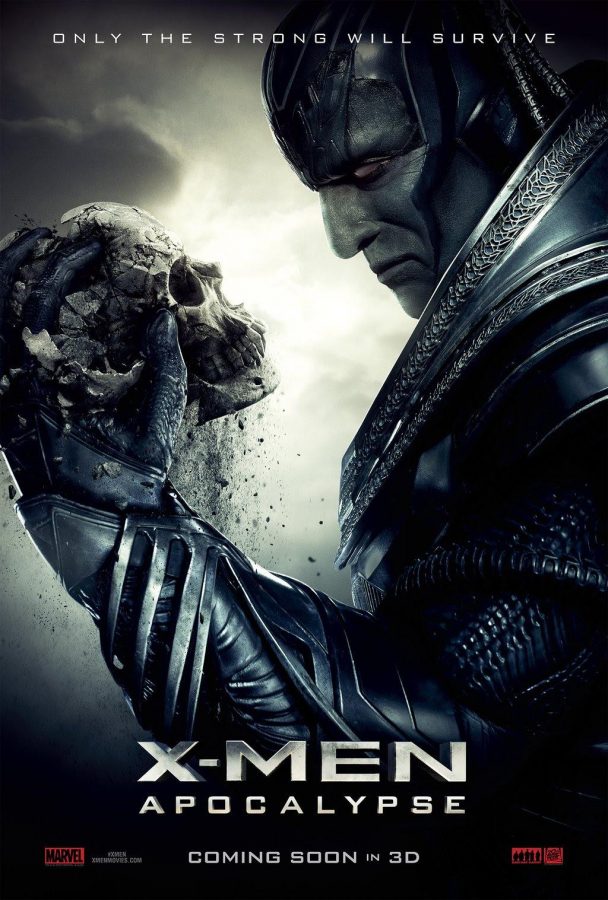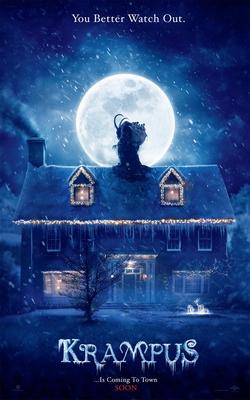(September 29, 2005) — Six people stand in front of you at the checkout line, their carts overflowing with everything that has been put on sale. You are standing, waiting, time is passing by and the only thing that seems to take your boredom away is looking at one of the many magazines conveniently placed by the candy bars. Flipping through the pages you see the newest trends and gossip in showbiz. In between these pages readers are subject to advertisements on almost every product on the market. By reading magazines like Esquire for men, or even Allure for almost anyone, readers are given hidden messages through these ads. A number of readers don’t realize that all these ads are designed to get them to think one thing: “If I buy that I’ll be a better person.” By viewing magazines on these stands, it is evident that ads are all getting one message across: sex sells. This is clearly represented in seven out of the ten ads I viewed and analyzed in the September and October 2005 issues of Esquire, Teen Vogue and Allure. It may be advantageous for owners and entrepreneurs, but most of the ads they want to print are going to be changed by the ad companies in order to appeal to the public more. Sometimes, changing these ads not only defeats the purpose of the advertiser but also sends a different message to the public. The seven ads I analyzed not only sent messages of sex, but were also geared towards teens; some even consisted of race-specific advertising. These ads usually contain a number of people from the same race. Less often do they contain multiple races in the same ad. The clothing ads I viewed consisted of Ecko Red for women, Armani Exchange, Guess, Diesel, and Versace. These are a few of the most prestigious clothing lines out there. One may view one and think, “Wow, what a nice shirt,” or “Oh, she/he looks hot in that. I should get one.” This is what most teens have been programmed to think. ” When you look at advertisements, even if it’s on TV you gain this idea. For example, Paris Hilton: she’s rich, she’s beautiful and has a nice body. You see the clothes she wears, the stuff she eats and you want to do the same. At least I do,” said junior Tamara Khachikyan. Sophomore Salina Arutyunyan echoed the same idea that Khachikyan spoke about. “You look at the clothes and their bodies, and you get this idea that if you buy that, you’re going to get the same attention,” said Arutyunyan. Although a majority of females at Clark may feel this way, some males seem to feel the opposite. “Why buy a t-shirt if the girl’s not coming with it?” said freshman Michael Stepanian. Ecko, a company that sells clothing and accessories for both men and women directs its ads towards African Americans. Ecko clothing is baggy and many would relate it to the idea of gangsters. Some readers don’t realize that most of Ecko’s ads feature African American men and women. Choosing to associate “gangster” clothing with African Americans is race-specific. Alcohol and cigarette ads also give the same effect. Allure and Esquire both contained a number of such ads. Cigarette and alcohol ads are not an exception in this advertising scheme. Companies like Kool and Camel cigarettes contain slogans such as “Be Smooth” and “Pleasure to Burn.” The younger generation is not even old enough to smoke, but ads try to make teenage girls think that if they smoke, they will be more appealing to boys. As for the boys, the ads portray a sense of pleasure from puffing on a stick. All of these ads target certain races, genders and even the younger generation to get them hooked on what the companies sell. We as readers are giving into these companies by buying their products. Not realizing what the hidden messages in these ads are means being ignorant of how materialistic and gullible the world has become.
Categories:
Quiet tricks of the advertising trade
April 1, 2009
More to Discover








